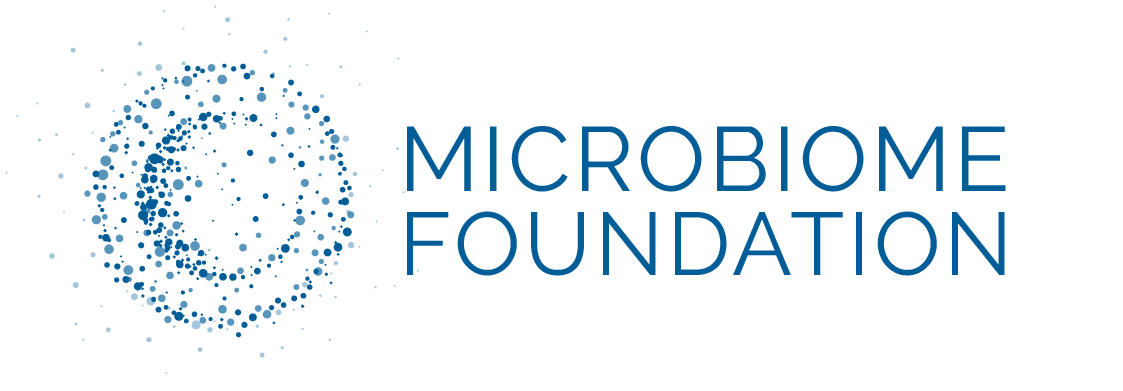Understanding antibioresistance to understand the impact on our health.
Antibioresistance is the ability of a bacterium to resist the effects of antibiotics making the antibiotic ineffective against the targeted bacterium. This notion can be extended to other microbes, such as fungi for example, and we then speak more broadly of antimicrobial resistance.
These different capacities, both antibiotic production and antibioresistance, are naturally present in bacteria, allowing them to take advantage of other species when they compete for establishment1. Different classes of “natural” antibiotics were identified, and thanks to the study of bacterial functioning, it was possible to synthesize new molecules to control bacterial development, targeting more specifically certain bacteria responsible for diseases. In parallel with the considerable decrease in mortality thanks to the use of antibiotic therapy, its intensive use in human and veterinary medicine, especially for animal husbandry, has considerably increased the frequency of microbes carrying one or more antibiotic resistance, making certain bacterial infections difficult or impossible to treat.
The World Health Organization considers antibioresistance to be a major public health issue, representing one of the greatest threats to human and animal health. It is therefore important to better understand how these multi-resistant microbes acquire these new skills. Research conducted over the last thirty years has shown that the human gut microbiota has a strong potential for reservoirs of antibiotic resistance genes2. Indeed, it is mainly through the exchange of genetic material between bacteria that antibiotic resistance is transmitted from one bacterium to another, including within the human gut microbiota3. This mode of blot interaction affects all bacteria, and is very common, up to one in 100 bacteria 4.
It is then possible to correlate the frequency of use of a given antibiotic therapy in a country, to the frequency of associated antibioresistance in the same population. The set of antibioresistance genes present within an individual or even a population, human and animal, on a given territory corresponds to the “resistome”5. The stability of this resistome over time suggests a possible transmission between generations, as observed when comparing the resistomes present between a mother and her child.
Thus, mapping the resistomes present in the microbiomes (human and animal) of each country will make it possible to establish public policies targeting more precisely the risks of antibioresistance and to monitor their evolution.
In parallel, a considerable research effort is needed to identify new therapeutics targeting pathogenic bacteria that are multiresistant to existing antibiotics.
Sources
1 . D’Costa, V. M. et al. Antibiotic resistance is ancient. Nature 477, 457–461 (2011).
2 . Sommer, M. O. A., Dantas, G. & Church, G. M. Functional Characterization of the Antibiotic Resistance Reservoir in the Human Microflora. Science 325, 1128–1131 (2009).
3 . Shoemaker, N. B., Vlamakis, H., Hayes, K. & Salyers, A. A. Evidence for Extensive Resistance Gene Transfer amongBacteroides spp. and among Bacteroides and Other Genera in the Human Colon. Applied and Environmental Microbiology 67, 561–568 (2001).
4 . Antibiotic resistance. Institut Pasteur https://www.pasteur.fr/fr/centre-medical/fiches-maladies/resistance-aux-antibiotiques (2017).
5 . Forslund, K. et al. Country-specific antibiotic use practices impact the human gut resistome. Genome Res. 23, 1163–1169 (2013).
Author

Emelyne Lecuyer


